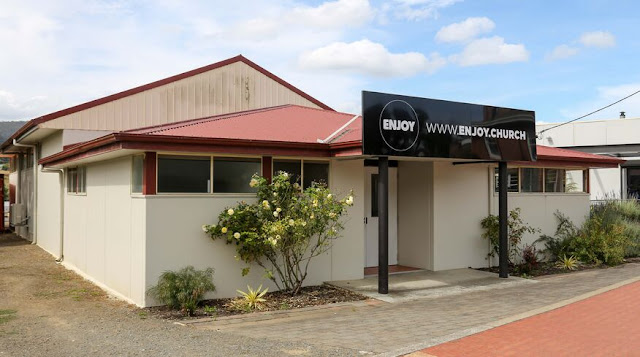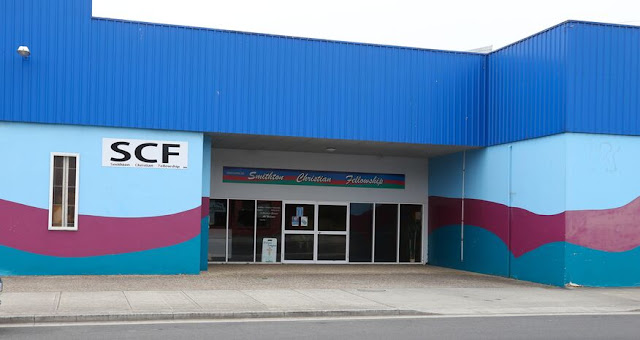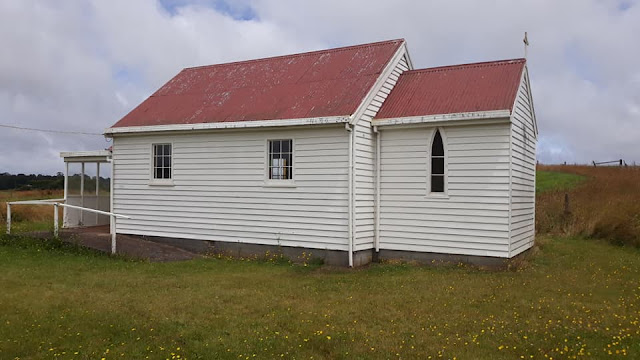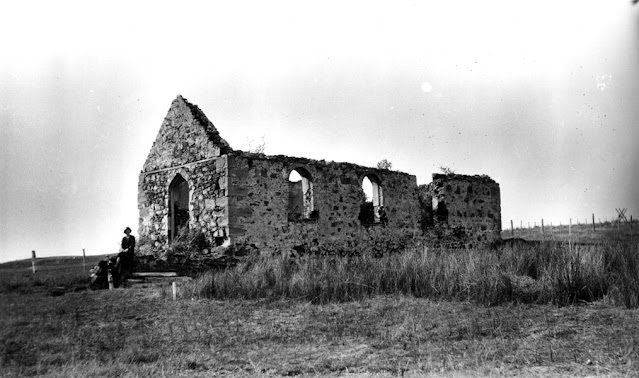No. 1387 - Hobart - The Berea Chapel, Sabbath School and Hall (1831)

The Berea Chapel and Sunday School was one of the earliest places of worship built in Hobart. It was located at the corner of Liverpool and Berea Streets, on a site now occupied by the Hobart PCYC. The last remains of the chapel were demolished in the early 1960s when a new building for the Hobart Police Boys Club was built. The chapel, which was constructed in 1831, came to be known as the ‘Berea Chapel’ and ‘Sabbath School’. It was named after the town of Berea, visited by the Apostle Paul, who found its citizens to be “open-minded” and “willing to received God’s message”. At the Chapel’s Sunday-school centenary celebrations in 1933, an article in the Mercury attributes the name of the building to one of its founders who had attended a chapel of the same name in Wales: “Over a hundred years ago a little lad in a Welsh village was one of the worshippers at a small chapel which, in keeping with the custom of an age of glowing faith and daily familiarity with the pages of Holy Writ, w...













